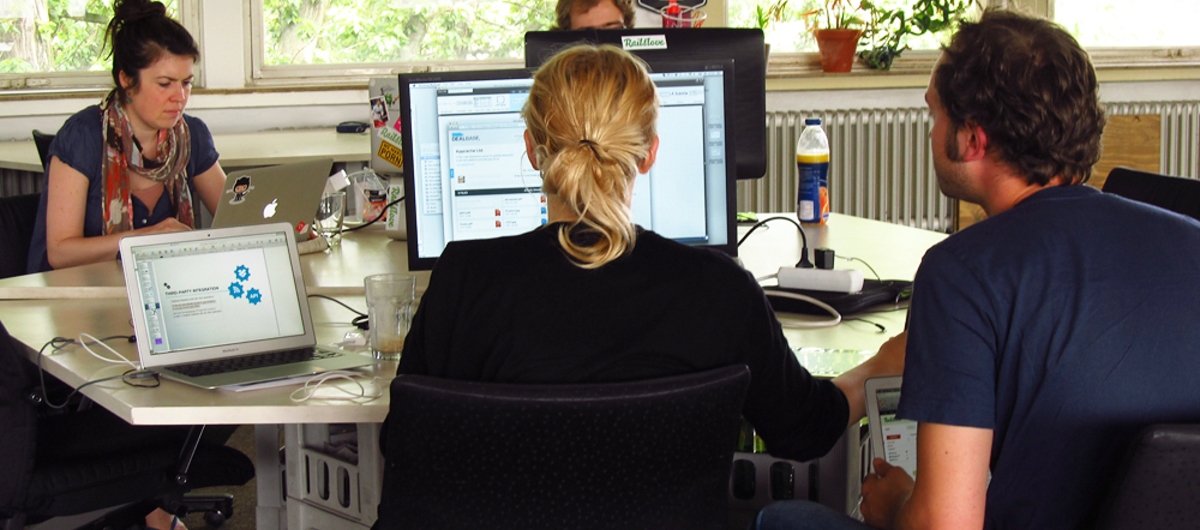3. Coworking spaces don't live on crises
Global economic growth is waning while the number of coworking spaces is continually growing. Do coworking spaces thus benefit from this crisis?
The current crises accelerate the formation and growth of coworking spaces, because they offer solutions and space for the resulting problems. Coworking spaces are therefore not a result of a crisis, but the product of change that pre-dates their existence. A crisis is simply the most visible expression of change.
The first coworking spaces emerged in the late 1990s; the movement's strong growth started six years ago - before the onset of economic downturns in many countries.
4. Coworking spaces depend on the needs of their members
Most coworking spaces are rarely full. Does this mean they are unsuccessful? On average, only half of all desks are occupied. But the average occupancy rate of 50% refers only to a specific date.
In fact, coworking spaces generally serve more members than they can seat at any given time, since members do not use the spaces simultaneously. Coworking spaces are places for independents who want to work on flexible terms. Smaller spaces rely more on permanent members. Larger spaces can respond more flexibilty to the working hours of its members, and, can rent desks several times over.
If a coworking space is always overcrowded or totally empty, the purpose of said space would be defeated. Firstly, it is rather impossible to work in an overcrowded room. Second, it's impossible to cowork in an empty room. Given the nature of flexible memberships, a coworking space only can survive if they fit the needs of their members. Members would otherwise be quick to leave, and membership would be much more transient.
5. The coworking market is far from saturation
Less than 2% of all self-employed - and even fewer employees - currently work in coworking spaces. Reporting on coworking may increase, but inflated reporting on the coworking movement in the mainstream media is still far away.
Coverage of coworking space are most likely to be found in the career or local sections in larger publications - front cover coverage remains the dream of many space operators. This is because the whole coworking movement can't be photographed in one picture. What appears to be a disadvantage, however, is actually a beneficial truth: niche coverage allows the industry to grow organically, and avoid over inflation.
Conclusion
Coworking spaces don't operate in parallel universes - like the financial market. Demand and supply are almost exclusively organic and operate in the real world economy.
For the same reason, there is no guarantee that opening a coworking spaces will be automaticly successful. Anyone who fails to learn how to deal with potential customers in their market, or is unfamiliar with how coworking communities function, will have a difficult time of making one work. In the same way that business people in other industries will fail if they do not understand their market.
Those who simply tack on the word 'coworking' to their space's facade will need to work harder. The structure of most coworking spaces is based on real work, calculated risk, and real-world supply and demand.







